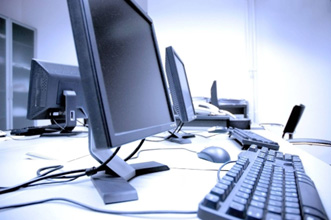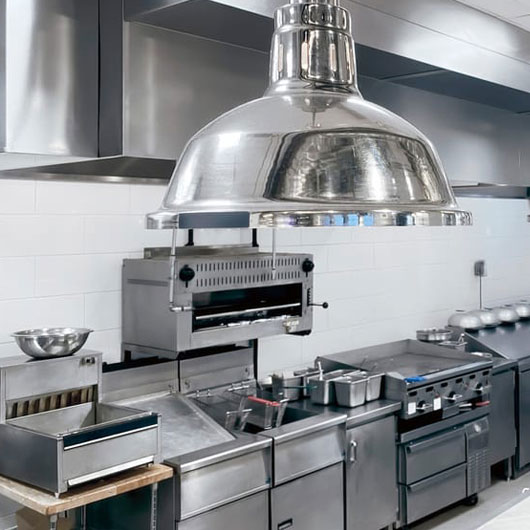EQUIPMENT FINANCING

Equipment finance refers to a loan or lease used to acquire business equipment. This type of financing is typically used to obtain tangible assets such as office furniture, computer equipment, machines used in manufacturing, medical equipment, and company vehicles, among others.
Equipment finance is important for businesses for two main reasons. Firstly, for startups or early-stage businesses, equipment financing may be essential to get the business started. Secondly, since equipment financing is typically used to acquire expensive equipment, the debt obligation incurred represents a significant financial commitment. Therefore, business owners or company executives must carefully consider any equipment finance plan and try to secure the best possible financing terms.

There are two primary options for equipment financing: obtaining a loan to purchase equipment or leasing equipment. The best option for your business depends on several factors,
such as your business’ credit rating (which impacts the interest rate at which it can borrow money) and the useful life expectancy of the equipment being financed.
When you obtain business equipment using a loan to purchase it, the equipment serves as collateral for the loan. Thus, the lender holds a lien on the equipment and can take possession of it should the borrower default on making the loan payments. Loans up to 80% of the equipment’s value are more common, and the borrower may need to provide a sizable down payment. A business owner should carefully examine their ability to make loan payments. If they doubt their ability to keep up with the payments, leasing equipment may be a better option.
Loan terms for business equipment range anywhere from several months to 10 years or longer. Interest rates for equipment financing vary widely and can range from 4%-5% up to 30%. The determining factors are primarily the credit rating of the business or business owner, how long the business has been in operation, the length of the loan term, and how well the purchased equipment is projected to hold its value.
One key benefit of purchasing equipment, as opposed to leasing it, is that when the equipment loan is paid off, the business owns a valuable asset. If the business needs to borrow cash for another purpose, such as expanding business operations, the previously purchased equipment can be used as loan collateral to obtain more favorable loan terms.
Leasing equipment may be a more attractive option for businesses that cannot afford the down payment or do not qualify for a loan. Leasing is often a less expensive option, especially for short-term financing, as it usually requires no down payment and does not include having to pay a large amount of interest. Leasing also allows businesses to acquire equipment that quickly becomes obsolete and needs to be replaced,
such as computer equipment or vehicles, and to lease new, more updated equipment as time passes. However, businesses should carefully consider the lease terms, such as whether there is any financial penalty for terminating the lease early.
Some leasing contracts provide a purchase option at the end of the lease term. The most obvious consideration for a business owner here is whether they expect to purchase the leased equipment eventually.
In conclusion, the primary advantage of using a loan for equipment finance is owning the asset at the end of the loan term, while the primary advantage of leasing is not having to worry about the equipment becoming outdated and losing value.
At Resonate Business Services, we have lenders available who will finance the purchase of equipment for your business.

